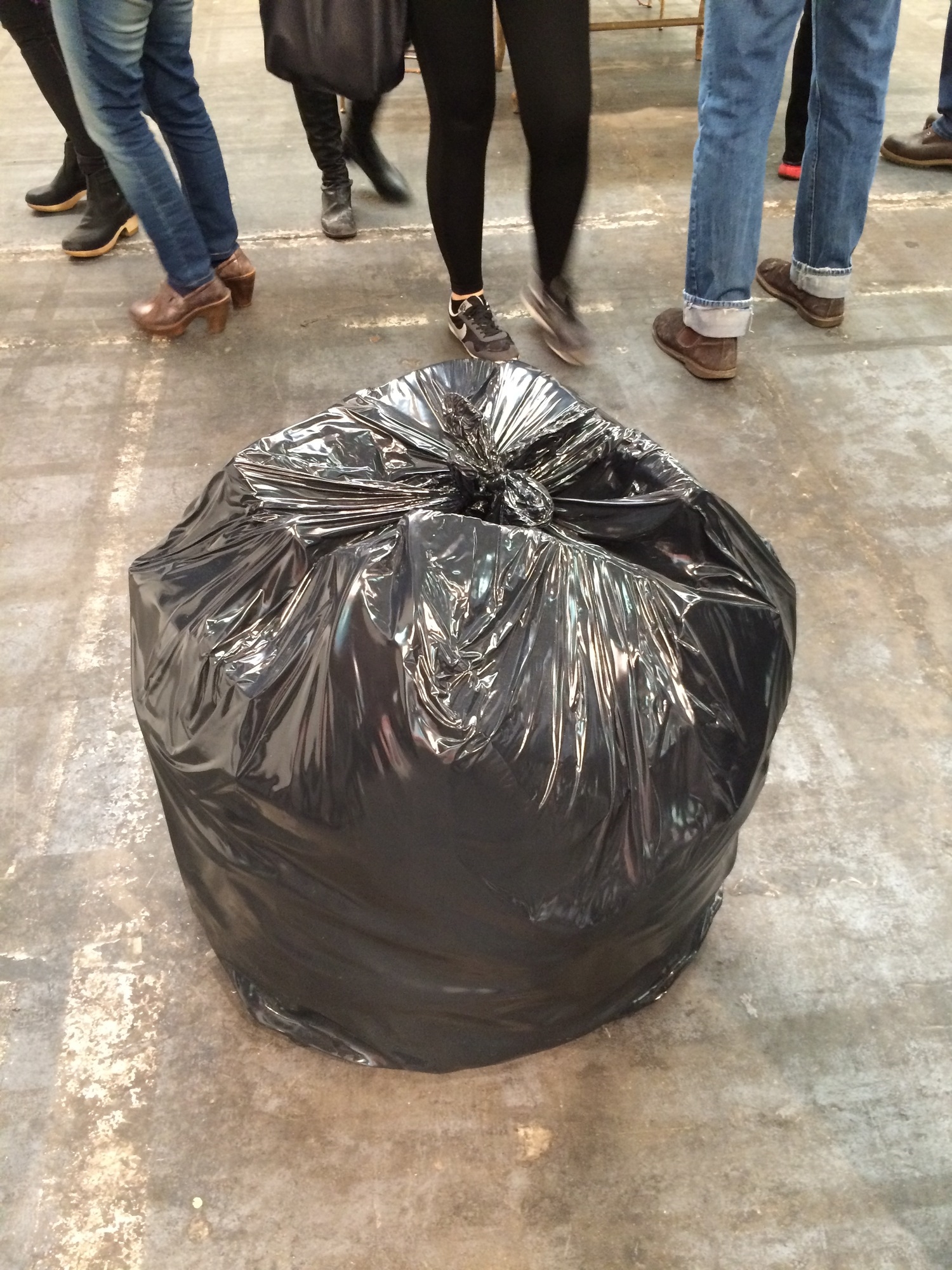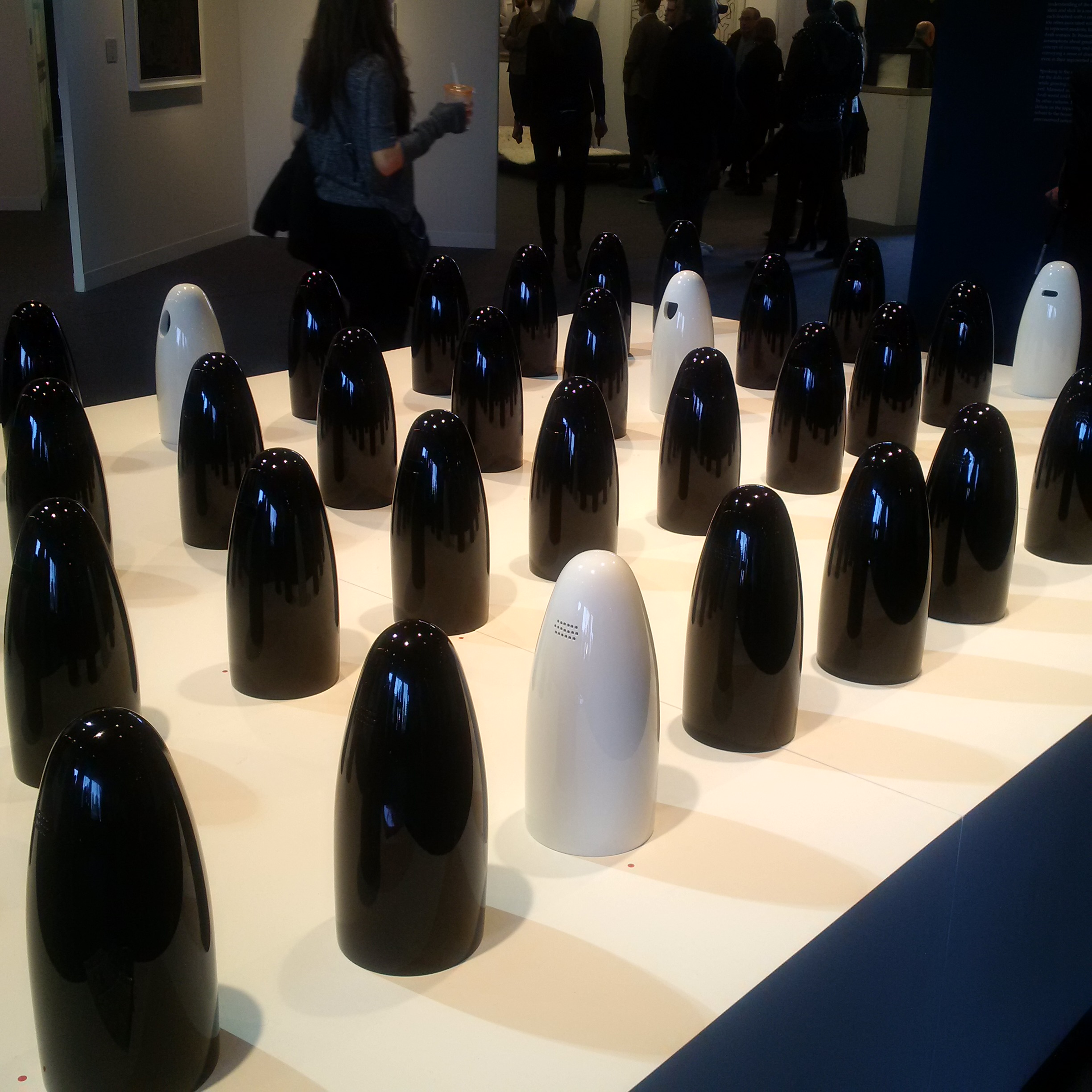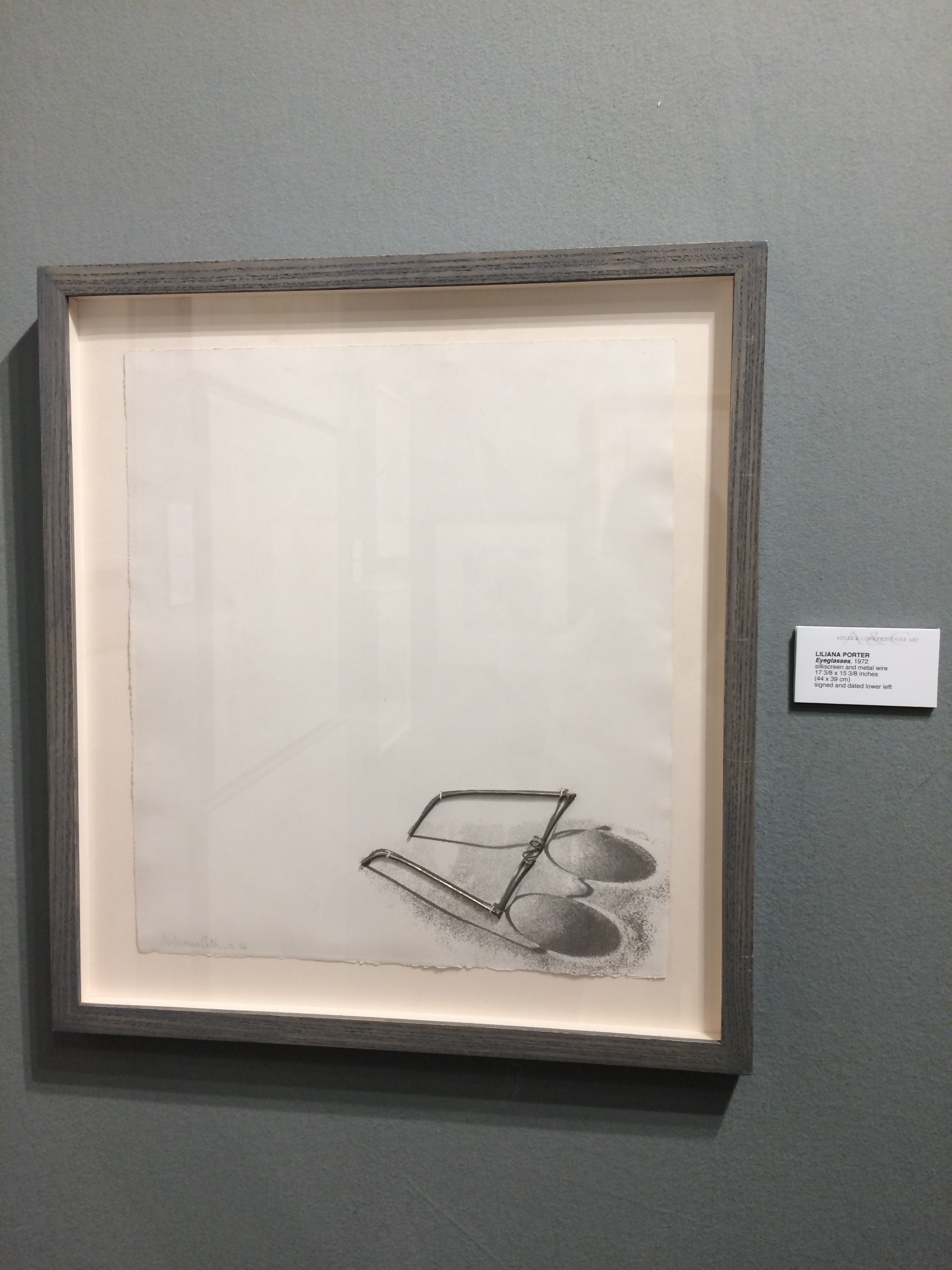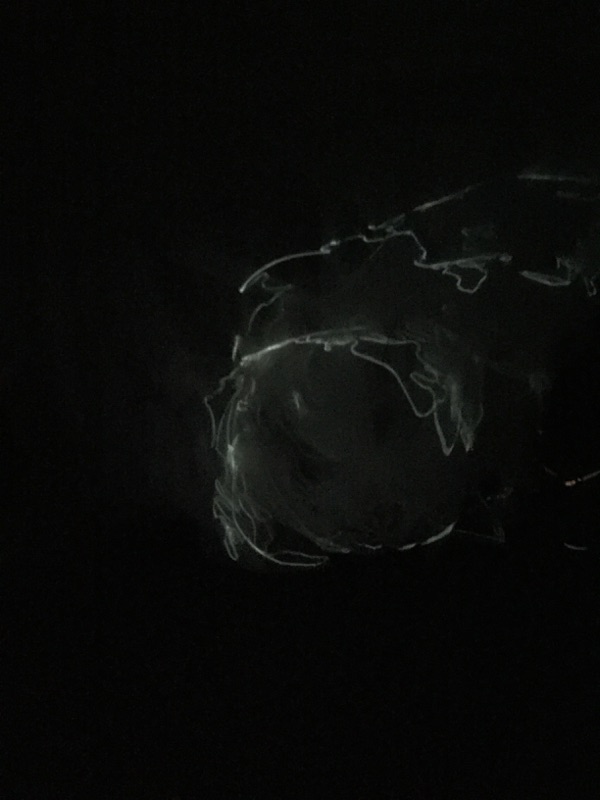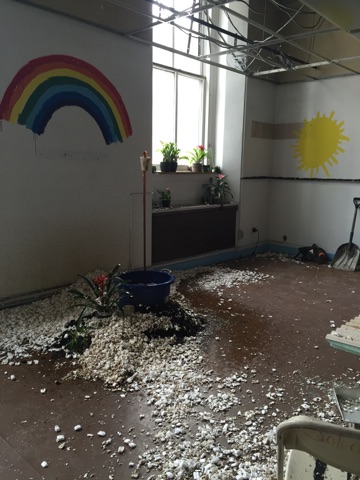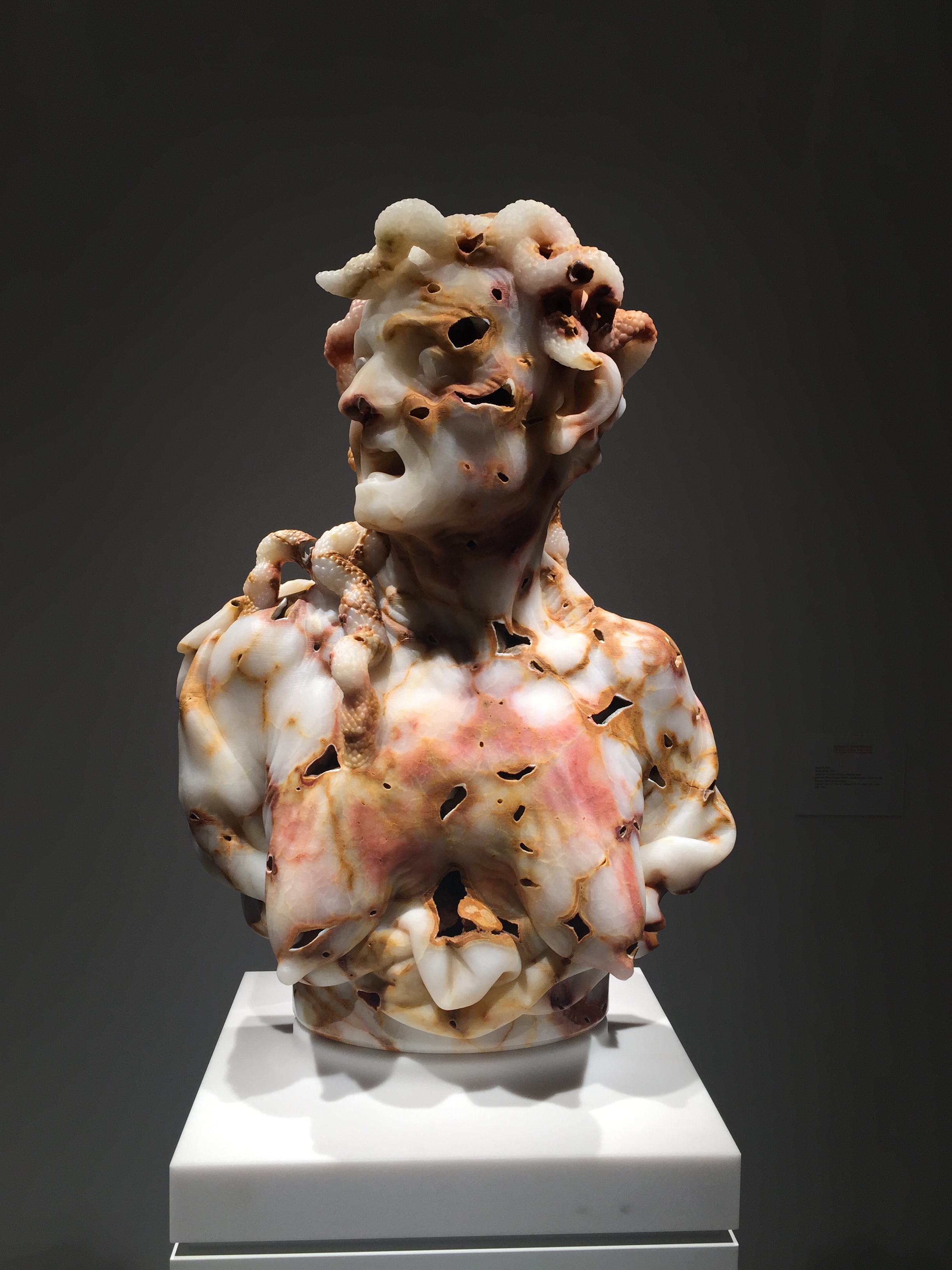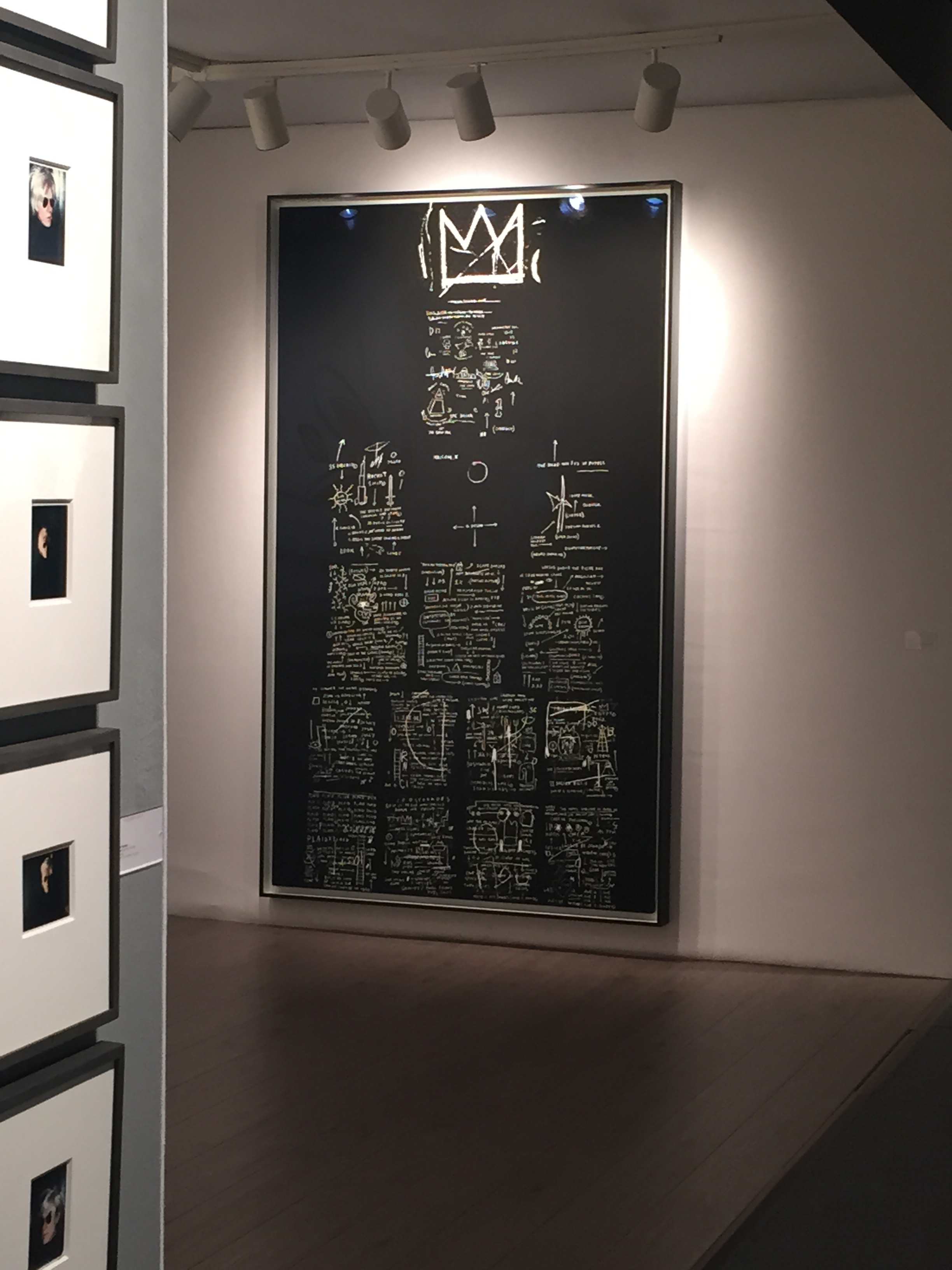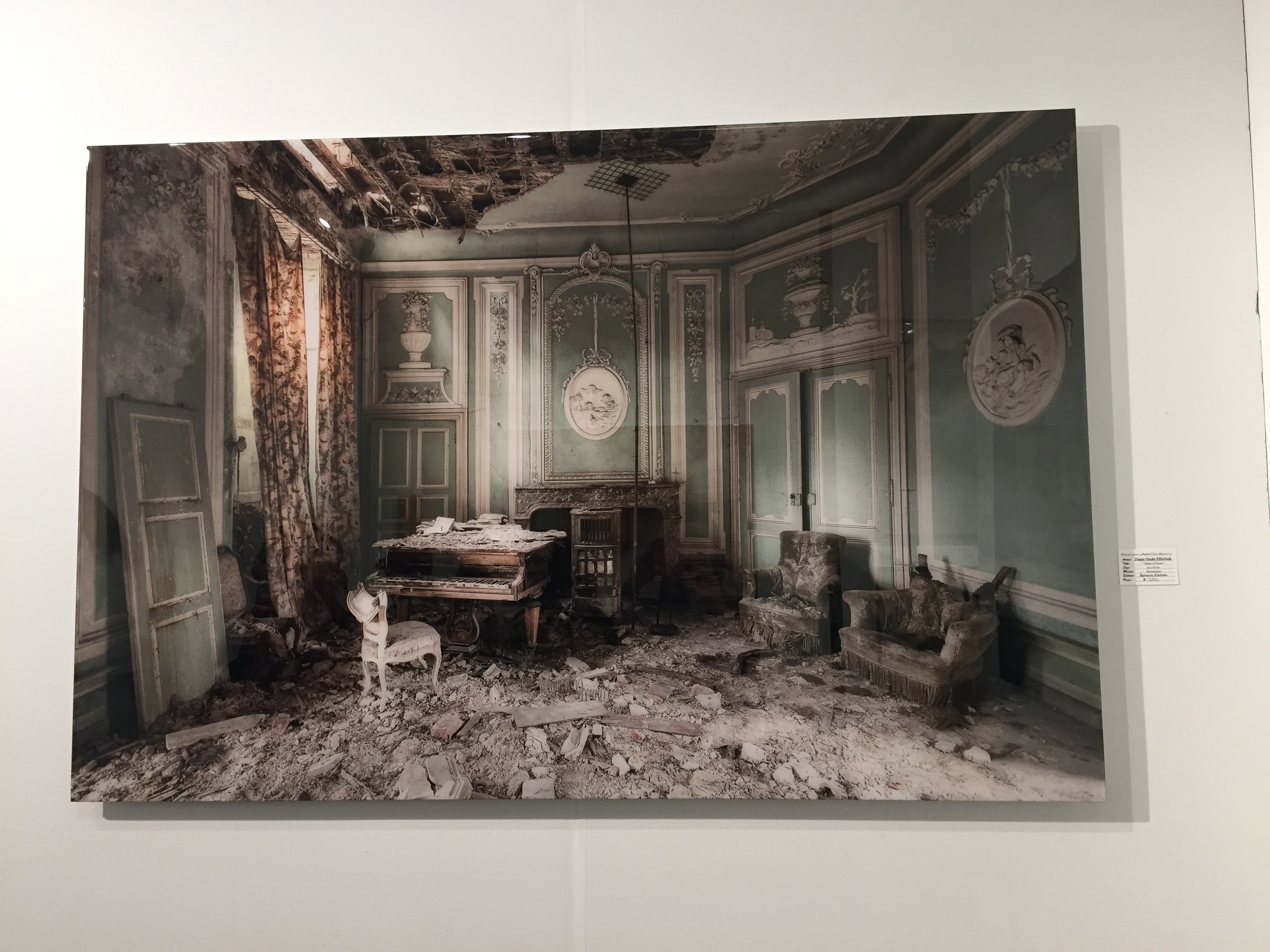Similar to past years 2015 had an intensely packed schedule of art fairs and events. The foremost of which is the Armory show itself which this year hosted 199 galleries from 28 countries around the world. Other major art fairs included the ADAA show, SCOPE, PULSE, Spring Break, Independent, Art on Paper and Volta. Overall an excitingly exhausting amount of art, some good, some bad.
At this year’s art fairs there was no shortage of whimsical pieces made of unusual materials or using innovative techniques. At the ADAA Art Show, Armory Show, and Volta we enjoyed works with the trompe-l'œil, illusionary quality that invites the viewer to take a closer look.
This iteration of Le Rêve by Cameron Gray at Carl Hammer Gallery (Chicago, IL) is actually a skillfully composed mosaic of tiny florals. Three steps back, the eye combines them into the lyrical form of Picasso’s famous mistress.
At Adler & Conkright Fine Art (New York, NY), a quiet, clever work on paper by Liliana Porter features a wire eyeglass frame collaged atop its silkscreened shadow (in the slideshow below).
A large and intricate geometric pattern by Leonardo Ulian shown by The Flat – Massimo Carasi (Milan) initially appears to be a web of jewels, but further examination reveals it to be a network of electrical components.
A cheekily funny work that could easily be passed over, were it placed almost anywhere besides at the center of a contemporary art collection, is Gavin Turk’s American Bag at Ben Brown Fine Arts (London) (in the slideshow below). Looking like a jumbo-sized black garbage bag it is an interesting statement piece for home or yard. Humble as it is, the label confirms it is painted bronze.
One fair that stuck out of the crowd was Spring Break. Located in a derelict post office Spring Break is a curator-driven art fair started by Ambre Kelly and Andrew Gori in 2009. Unlike its counterparts this fair is focused on installations and experiential art and is definitely a bit more rough around the edges. We loved the Christine Sciulli Propulsion Field light installation. For many it seemed like an oasis away from the other gallery driven art fairs, one that was willing to experiment and even get a little gritty.
